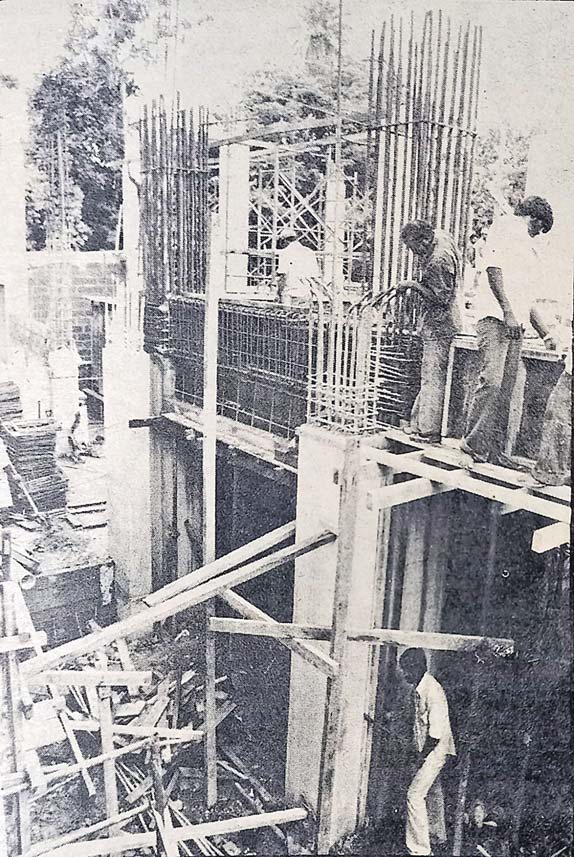Multi-storey buildings without earthquake impact being considered during construction is a terrifying thought to many today, but earthquake considerations were apparently written into building codes in Fiji as recently as the early 1980s.
The Fiji Times of Tuesday, March 31, 1981, reported that two multi-floor office buildings going up in Suva that year were the first of their class to be designed to comply with a new earthquake construction code.
The 13-floor Central Monetary Authority building, and six-floor Native Land Development Corporation building were given an in-built degree of elasticity intended to enable them to survive shocks that would topple other structures.
“Whatever happens, they will still stay together,” consulting engineer Mr Peter Morgan, of Yee Morgan and Company, said. “It would not be a total collapse.”
Damage sustained by the buildings were expected to be limited to a level which could be easily repaired, he said.
The first building to be built to the code was the School of Social and Economic Development at the University of the South Pacific.
The code, based on a New Zealand code, was modified for Fiji conditions by New Zealand experts at the Government’s request.
It was being used for Government buildings but was not mandatory for commercial structures, Mr Morgan said.
“However, we are advising our clients to adopt it,” he said.
“It can be used for all types of buildings, regardless of height.” Most of the elasticity the code gave buildings lay in the design and material content of columns.
“Column failure is the most difficult and expensive kind of damage to repair, while beams can be fixed quite easily,” Mr Morgan said.
It was “very hard” to say how much extra cost was used. “It can be anything from five per cent upward, depending on the intended use of the building.”
Construction company executive, John Hill, said the code presented no problems for builders.
“The overall addition to the cost of a building is difficult to estimate, but it is probably about an increase of almost 10 per cent in the structure, which means about 3 per cent on the completed building,” he said.


